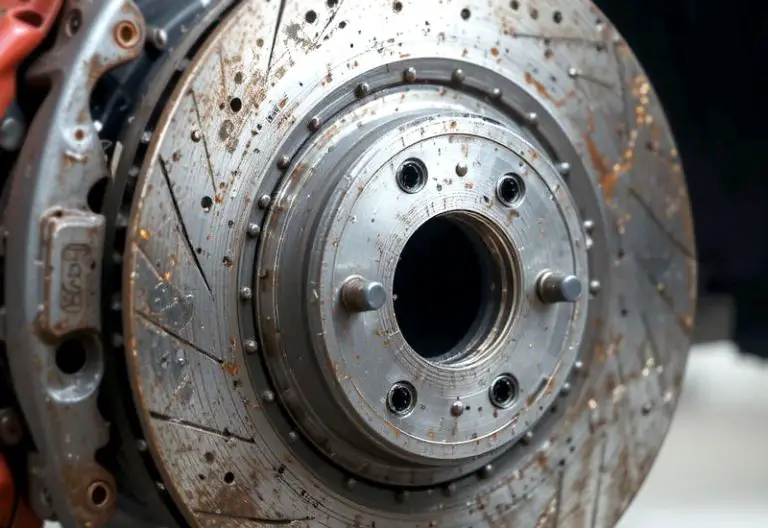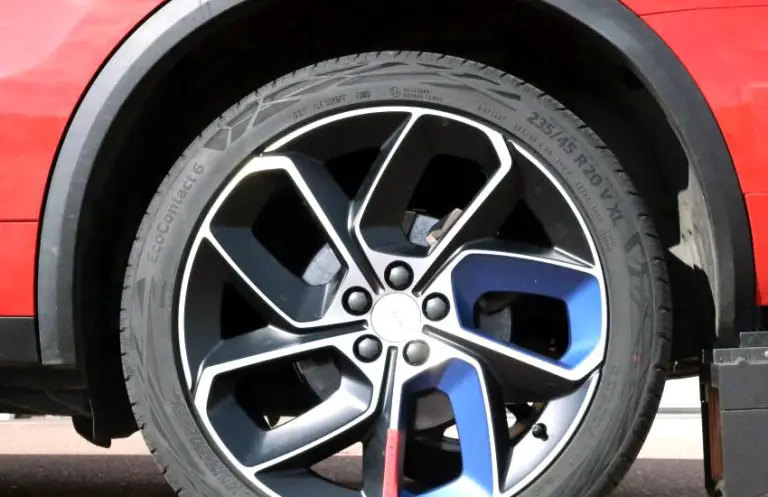Unopened brake fluid remains usable for about one to two years. Factors like proper storage can determine its longevity.
Brake fluid is an essential component of a vehicle’s braking system. It assists in transferring force from the brake pedal to the brake pads or shoes, allowing the vehicle to slow down or stop. However, if not used promptly, unopened brake fluid can lose its effectiveness over time.
Proper storage conditions are crucial to maintain its usability. This article will explore the shelf life of unopened brake fluid, the factors that can impact its longevity, and how to recognize if brake fluid is no longer safe for use. Understanding these aspects can help vehicle owners ensure their brake fluid is in optimal condition, contributing to the safety and performance of their vehicles.
Brake Fluid Shelf Life
When considering the shelf life of brake fluid, it’s essential to understand how long this fluid remains usable in unopened containers. Factors Affecting Shelf Life
Factors Affecting Shelf Life
- Storage conditions: Temperature and humidity impact degradation.
- Chemical composition: Different brake fluid types have varying stability.
- Seal integrity: Well-sealed containers prevent contamination.
Typical Shelf Life
| Brake Fluid Type | Typical Shelf Life |
|---|---|
| DOT 3 | 1 to 2 years |
| DOT 4 | 2 to 3 years |
| DOT 5 | Up to 5 years |
Signs Of Expired Brake Fluid
- Change in color to dark or cloudy.
- Decreased effectiveness in brake performance.
- Strange odor, indicating contamination or degradation.
Implications Of Using Expired Brake Fluid
Expired brake fluid can have serious implications on your vehicle’s braking system. It is crucial to know how long unopened brake fluid remains usable to ensure proper maintenance of your brakes and prevent potential accidents.
Brake System Performance
Expired brake fluid can affect brake system performance due to decreased effectiveness.
Moisture buildup in the fluid can lead to corrosion and reduced braking power.
Safety Risks
- Using old brake fluid increases risk of brake failure.
- Compromised braking can put lives at risk on the road.
Proper Storage Of Brake Fluid
Proper storage of brake fluid is crucial in maintaining its effectiveness and safety. When stored correctly, brake fluid can remain usable for an extended period of time. To ensure that your unopened brake fluid stays in optimal condition, there are several factors to consider, including container considerations and storage temperature.
Container Considerations
Use airtight containers: Brake fluid is hygroscopic, meaning it readily absorbs moisture from the surrounding air. This can lead to a decrease in its boiling point and overall performance. To prevent moisture absorption, it’s important to store brake fluid in airtight containers. Make sure the container has a tight-fitting cap or lid that seals completely to prevent air and moisture from entering.
Durable and non-reactive materials: Brake fluid should be stored in containers made of materials that are durable and non-reactive. High-density polyethylene (HDPE) or polyethylene terephthalate (PET) plastics are commonly used for brake fluid containers, as they are resistant to the chemicals found in brake fluid and do not leach harmful substances into the fluid.
| Container Considerations | Benefits |
|---|---|
| Airtight containers | Prevents moisture absorption |
| Durable and non-reactive materials | Protects the integrity of the brake fluid |
Storage Temperature
Avoid extreme temperatures: Brake fluid should be stored in an area where the temperature remains relatively stable. Exposure to extreme heat or cold can impact the chemical stability of the fluid. It is recommended to store brake fluid in a cool, dry place away from direct sunlight and heat sources, such as radiators or engines.
Ideal storage temperature: The ideal temperature for storing brake fluid is between 50°F (10°C) and 80°F (27°C). Fluctuations in temperature can cause the fluid to expand or contract, potentially leading to leaks or a compromised seal. Storing brake fluid within the recommended temperature range helps maintain its viscosity and overall performance.
- Avoid extreme temperatures
- Ideal storage temperature: between 50°F (10°C) and 80°F (27°C)
By following these proper storage practices, you can ensure the longevity and effectiveness of your unopened brake fluid. Remember to always check the manufacturer’s recommendations for specific storage requirements and expiry dates. Proper storage not only preserves the quality of brake fluid but also contributes to the overall safety and performance of your vehicle’s braking system.

Credit: issuu.com
Testing The Viability Of Brake Fluid
Testing the Viability of Brake Fluid is crucial to ensure the safety and performance of your vehicle. Brake fluid is a critical component of a car’s braking system, as it transfers force from the brake pedal to the brakes. Over time, brake fluid can absorb moisture, leading to a decrease in its performance. It’s important to know how to test the viability of brake fluid to ascertain its usability. In this section, we’ll delve into the different methods to assess the condition of brake fluid.
Visual Inspection
Visual inspection is the first step in determining the condition of brake fluid. Inspect the fluid in the master cylinder reservoir. Fresh brake fluid is usually clear or slightly yellow in color. If the brake fluid appears dark or cloudy, it may indicate contamination and degradation. Additionally, look for sediments or particles in the fluid, as these can impact the brake system’s performance.
Boiling Point Test
The boiling point test is another method to check the viability of brake fluid. Boiling point tests can be done using a brake fluid tester or a boiling point tester. Fresh brake fluid has a high boiling point, typically exceeding 400°F. Use the tester to measure the actual boiling point of the brake fluid. If the boiling point is significantly lower than the specified range, it indicates contamination or moisture in the fluid, which can affect the braking system’s efficiency.
When To Replace Brake Fluid
Understanding when to replace brake fluid is crucial for maintaining your vehicle’s safety and performance. This often-overlooked component plays a vital role in your car’s braking system, and failure to replace old brake fluid can lead to diminished braking performance and potential safety hazards.
Manufacturer’s Recommendations
Manufacturers typically provide recommended intervals for replacing brake fluid. These guidelines are often outlined in the owner’s manual and should be strictly followed to ensure optimal performance and safety. Consult your manual for the specific recommendations pertaining to your vehicle.
Service Intervals
Service intervals for brake fluid replacement vary depending on the make and model of your vehicle. As a general rule of thumb, it is advisable to change the brake fluid every 2 years or every 30,000 miles, whichever comes first. This regular maintenance helps to prevent moisture buildup and ensure the efficiency of your braking system.

Credit: www.mmsonline.com

Credit: www.mmsonline.com
Conclusion
Unopened brake fluid can remain usable for a long time, potentially up to several years. However, it is crucial to check the manufacturer’s recommendations and usage guidelines to ensure its effectiveness and safety. Regular inspections and proper storage conditions are essential factors in maintaining the quality and longevity of brake fluid.
By following these precautions, vehicle owners can ensure their brakes perform optimally and keep their driving experiences safe.


